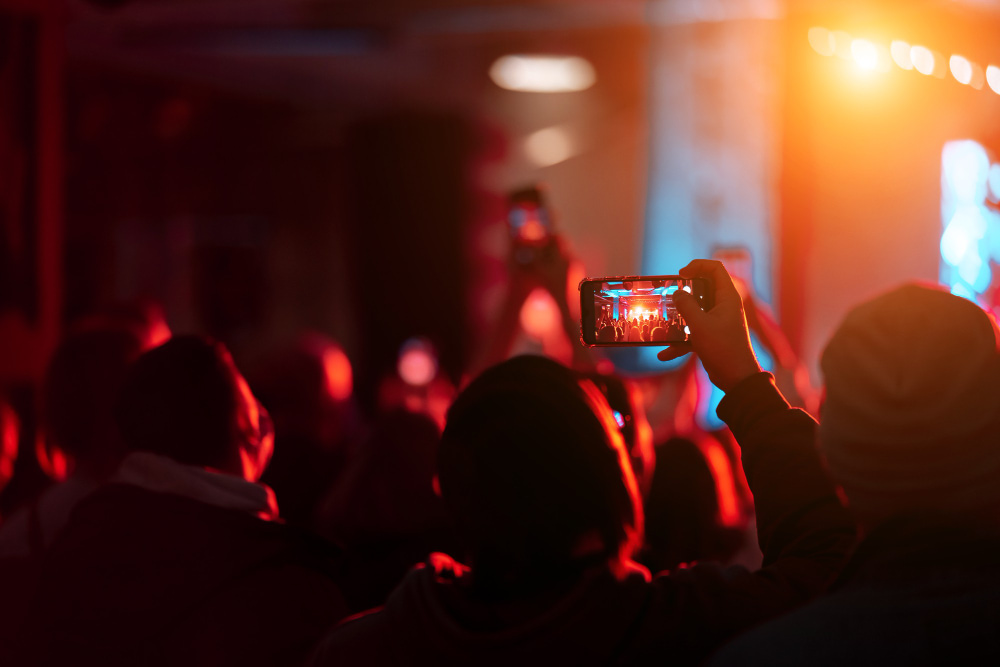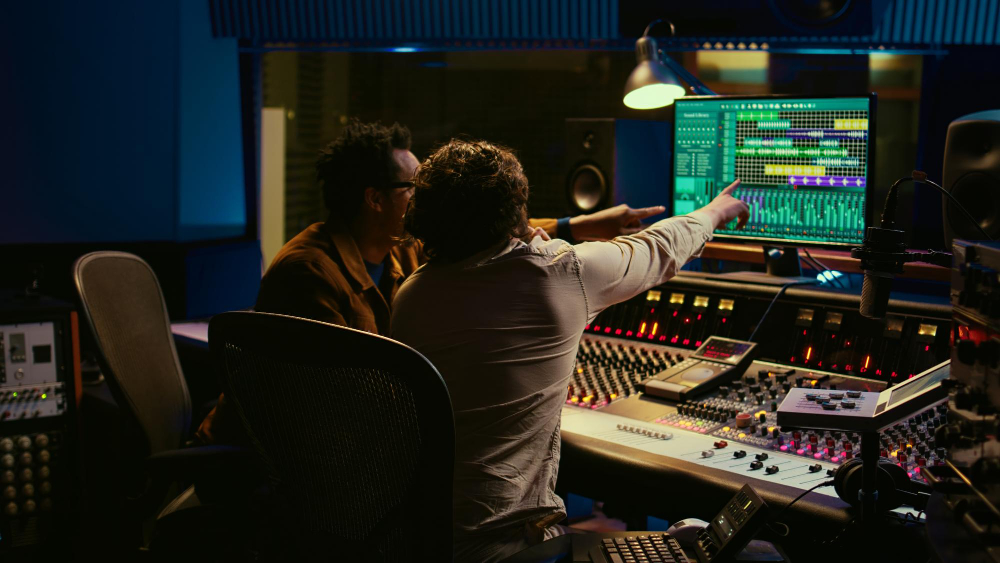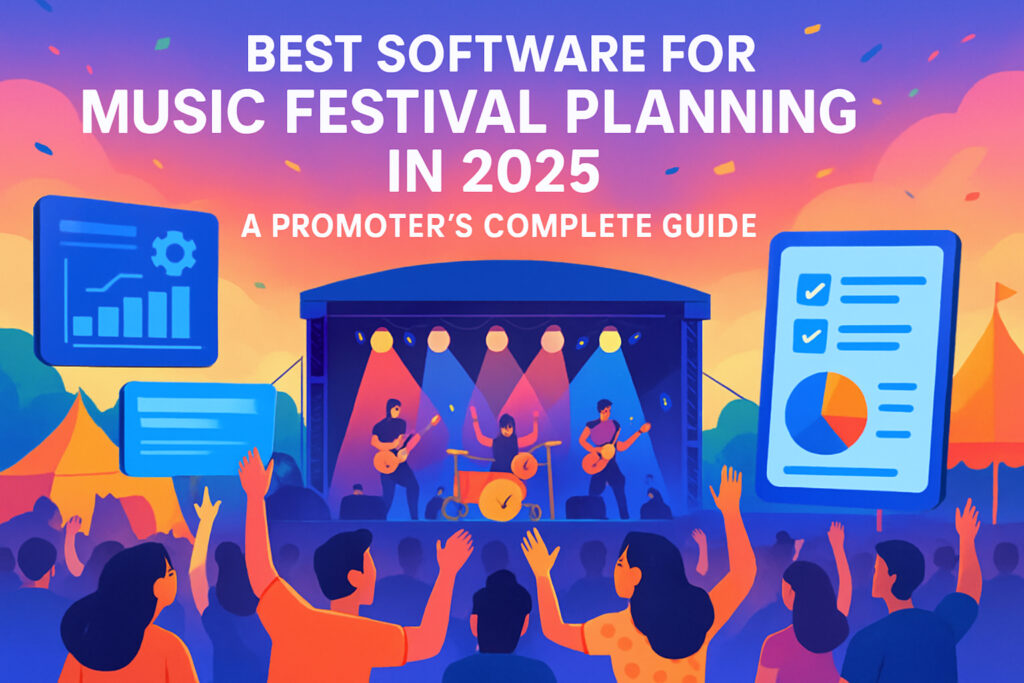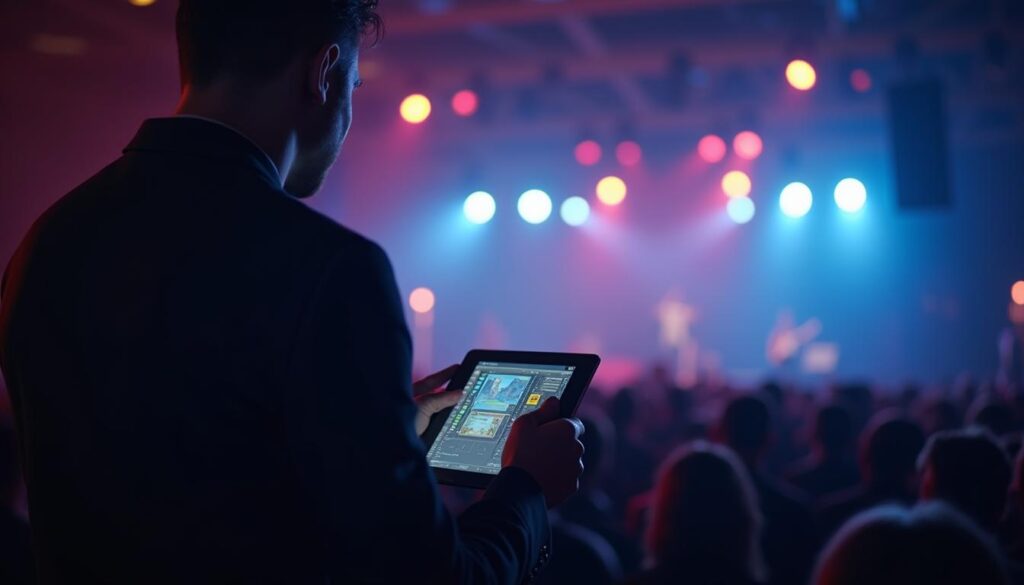
What is Web3 and How is it Revolutionizing the Live Music Industry?
The third generation of the internet is upon us. And, for the live music management industry, it comes at exactly the right time.
Web3, at its core, is about users beginning to take ownership of the content published and shared online. In an age where artists can connect with their fans more than ever before, this ownership content has the potential to revolutionize the music industry.
To understand how it can accomplish that feat, it helps to begin with a base level of understanding about the nature and nuances of Web3. With that understanding, a vision of the coming (and already present) transformation through ticketing, fan engagement, tokenization, and virtual events becomes clear.
What is Web3?
As of yet, there is no single or comprehensive definition of what, exactly, Web3 entails. The broad concept, though, is beginning to become consensus. Web3 is the third generation of the internet, an evolution and culmination of what we have experienced in the past two and a half decades:
- Web1, the first generation, consisted of largely static websites used by their owners to push out information with little to no interaction.
- Web2, developing in the mid-2000s, describes the increasingly interactive nature of newer websites and platforms, spearheaded by the rise of social media. Conversation became the norm.
- Web3, which has begun to gain popularity in the last five years, is the age of distributed ownership. In this version of the internet, every user has the power to create their own content and experiences.
This new age of the internet is changing the way we use the internet. Technology like virtual reality and 3D interfaces are creating more realistic digital experiences. Cryptocurrency allows for more direct ownership and payment mechanisms that don’t involve financial institutions. Virtual items, also known as NFTs, allow internet users to own anything from merchandising to exclusive pieces of art.
As a result, the connections to the music industry reach far and wide. In many ways, it’s about cutting out or transforming the role of the middleman, which is what makes it so relevant to the music industry.
Related: Emerging Trends and Predictions for Live Music Businesses During 2023
In many ways, Web3 and the music industry are meant for each other. It has the potential to disrupt streaming, which has long been a potentially existential issue especially for emerging artists. In live music, it has even more far-reaching implications.
At its best, this technological evolution can transform the relationships fans have with both bands and the events they attend. It brings the potential for transparency, more democratic control of content and revenue, and increasing geographical reach. The applications are already significant, ranging from ticketing to fan engagement, new revenue streams, and even virtual event experiences.
How Web3 is transforming ticketing for live events
What if the ticketing process for live music concerts and festivals wasn’t dominated by a few ticketing platform giants? What used to be a hypothetical question is increasingly becoming a reality. Increasingly, Web3 apps are launching that take the process out of the hands of these giants, and into the hands of both artists and their fans.
Take the disruptive ticketing platform YellowHeart, for example. As featured in a recent Variety article, the app has become a marketplace for peer-to-peer ticket sales that increase transparency to the point of minimizing scalping. It’s a true supply-and-demand system, keeping ticket prices reasonable and aligned with fair market value.
At its best, ticketing systems in Web3 put even more ownership into the hands of fans. Rather than requiring a single promoter or promoting firm to lay out the initial investment that makes the event possible, systems like XTIXS allow fans to essentially become investors in the event by buying tickets online before the planning is complete. The NFT tickets essentially double as event ownership stakes, giving fans a more tangible reason to attend and help to make the event a success.
Related: Tips for an Effective Concert Ticket Pricing Strategy
At a time when 12% of event ticket buyers fall victims to scams, this new, distributed, and shared ownership model puts power back into the hands of the two groups most essential to make the event a success. And because the blockchain underlying these innovations is transparent, tickets can be used as a way for fans to meet and engage with each other far beyond the chance encounter so common for most current events
The changing nature of fan engagement in a distributed internet
Speaking of engagement: Web3 apps and technology have the potential to change the way in which artists and fans engage with each other, including but also reaching far beyond their encounters at live events. In addition to the traditional passive engagement opportunities like listening to new releases or receiving special promotional emails, fans can benefit from new and more immersive ways to connect with the artists they love.
Take, for example, Daniel Allan and Reo Cragun. These two artists hosted a live limited digital release for their new project in a virtual environment. This approach enabled them to connect directly to their fans through dynamic audio, ultimately leading to their largest revenue-driving event to date.
It’s only natural for the distributed ownership that drives Web3 to spill into fan engagement. Rapper Snoop Dogg, for example, has been at the forefront of this trend, releasing new NFTs that range from merchandise to exclusive art and behind-the-scenes content. All NFTs connect to his tour, directly connecting his live events with the digital opportunities this new technology provides.
New revenue possibilities for artists in Web3
NFTs also serve as an example of how Web3 unlocks new potential revenue streams for artists at all levels. Just a few of the many examples include:
- The above-mentioned NFT ticketing, which can also include opportunities for artists to share in the revenue each time a ticket is resold after its initial issue
- The ability to crowdfund for events, creating shared ownership for each concert in a similar way to how platforms like Patreon create direct-to-artist revenue for regular content
- NFT artwork, like exclusive albums and singles, that can tie directly into the purchase of NFT tickets as a way to incentivize more fans to spend their money
- Virtual memorabilia, like a high-res recording of the event that concertgoers attended, to remember the occasion and even own a piece of it for the future
- Platforms like Viberate that leverage millions of datapoints into a broad database of which artists and venues are trending, linked directly to tokens that can be used for ticket purchases
And of course, that’s just the beginning. The true beauty of the current disruption of the music industry we’re seeing through Web3 is that everything becomes not just a potential engagement opportunity, but a potential revenue opportunity as well. That, in turn, can both simplify and diversify your venue management in a more interactive, distributed digital world.
A new reality: Virtual venues and VR music experiences
The final and perhaps most ambitious way in which Web3 is beginning to disrupt the live music industry is through virtual reality, or environments that have more commonly become known as the metaverse. Here, artists have the ability to perform, engage with fans, sell their merchandise, and more—without any of the parties actually having to meet up physically.
Think Fortnite concerts, which have featured artists like Travis Scott, Fallout Boy, and more. But this next iteration of the internet has the potential to go even further. Consider, for example, the web3 venue VRJam. It’s a startup specifically designed as a virtual music venue, with artists using motion capture to make the experience as realistic as possible. It’s available for all types of artists, from superstars to local legends.
And it doesn’t end there. VR has the potential to save significant venue costs for artists, while also connecting fans from across the world without physical limitations. Those limitations also don’t apply to the performance itself, allowing for virtually endless possibilities in how you want your fans to experience your music.
The Web3 live music revolution is just beginning
Each of the above trends alone would be enough to declare Web3 a potentially massive disruption for the live music industry. But in reality, they all work together. NFT ticketing can connect to virtual tokens that unlock deeper levels of fan engagement and revenue opportunities. They’re even more relevant in virtual environments where the blockchain can guide the entire experience, not just the peripherals around the performance.
All of that points to one thing above all: we’re only seeing the early stages of the possibilities Web3 holds for the music industry. Remember what Facebook was like in 2008? Its development over the last 15 years, and its role in transforming the way we use the internet today, provides a glimpse into the potential power Web3 technologies can hold as they continue to evolve.
To get there, you’ll need the right technology. Many of the startups mentioned in this post are a great start, but you also have to get the fundamentals right. That’s where Prism comes in. Developed by live music industry veterans, this all-in-one live music management software is specifically designed to help venues, promoters, and agencies organize themselves and streamline their business processes. That increased efficiency will be invaluable as new, disruptive technology enters your business. Ready to learn more? Contact Prism’s team and get started with a free demo today.

Matt Ford is the founder and CEO of Prism.fm, an Austin-based software company revolutionizing live music event management. With a background in entrepreneurship and a degree from the University of Wisconsin-Madison School of Business, Ford combined his self-taught coding skills with firsthand experience as a concert promoter to address the inefficiencies he observed in the industry. In 2018, he launched Prism.fm, an all-in-one platform designed to streamline operations for venues, promoters, and agencies by replacing cumbersome spreadsheets with integrated tools for booking, financial tracking, and contract management. Under his leadership, Prism.fm has grown significantly, achieving $3 million in annual recurring revenue post-COVID and securing over $15 million in funding . Ford’s commitment to building user-centric solutions has positioned Prism.fm as a trusted partner for over 1,500 venues and promoters worldwide.



